In this digital age, when screens dominate our lives it's no wonder that the appeal of tangible printed material hasn't diminished. If it's to aid in education such as creative projects or simply to add a personal touch to your area, Chemical Properties Of Nonpolar Covalent Bonds have become a valuable resource. The following article is a dive to the depths of "Chemical Properties Of Nonpolar Covalent Bonds," exploring what they are, where they are, and how they can enhance various aspects of your life.
Get Latest Chemical Properties Of Nonpolar Covalent Bonds Below

Chemical Properties Of Nonpolar Covalent Bonds
Chemical Properties Of Nonpolar Covalent Bonds -
Non polar bonds are also a type of covalent bond Unlike polar bonds non polar bonds share electrons equally A bond between two atoms or more atoms is non polar if the atoms have the same electronegativity or a difference in
Properties of Non polar Covalent Compounds 1 Physical state They are mainly existing as gases and less as liquids 2 Nature They are very soft in nature 3 Solubility They are insoluble in water or less soluble in water But
Printables for free cover a broad assortment of printable materials online, at no cost. These resources come in various formats, such as worksheets, coloring pages, templates and more. One of the advantages of Chemical Properties Of Nonpolar Covalent Bonds lies in their versatility and accessibility.
More of Chemical Properties Of Nonpolar Covalent Bonds
Polar And Nonpolar Covalent Bonds Definitions Molecules And Examples

Polar And Nonpolar Covalent Bonds Definitions Molecules And Examples
Each CO bond has a dipole moment but they point in opposite directions so that the net CO2 molecule is nonpolar In contrast water is polar because the OH bond moments do not cancel out Three other polar
A type of chemical bond where two atoms share a pair of electrons with each other is known as Nonpolar covalent bonds Q2 List the properties of Nonpolar Covalent Bonds
Chemical Properties Of Nonpolar Covalent Bonds have risen to immense popularity due to several compelling reasons:
-
Cost-Efficiency: They eliminate the requirement to purchase physical copies or expensive software.
-
Flexible: Your HTML0 customization options allow you to customize printables to your specific needs for invitations, whether that's creating them and schedules, or decorating your home.
-
Educational value: Downloads of educational content for free can be used by students of all ages. This makes these printables a powerful tool for teachers and parents.
-
An easy way to access HTML0: Quick access to numerous designs and templates reduces time and effort.
Where to Find more Chemical Properties Of Nonpolar Covalent Bonds
Nonpolar Covalent Bond Definition And Examples
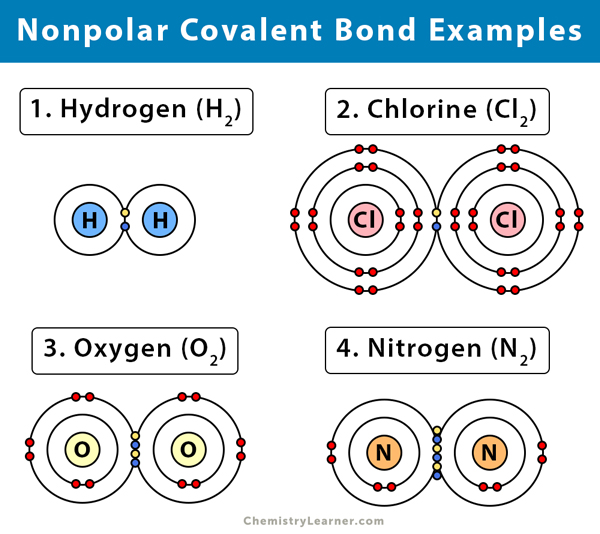
Nonpolar Covalent Bond Definition And Examples
Whether a bond is nonpolar or polar covalent is determined by a property of the bonding atoms called electronegativity Electronegativity is a measure of the tendency of an atom to attract electrons or electron density towards itself
Covalent bonds are responsible for the general behavior of stable covalent compounds Here are the properties and characteristics of a covalent bond 9 Formed by the sharing of electrons between atoms Formed between two
Since we've got your interest in printables for free Let's see where you can find these elusive gems:
1. Online Repositories
- Websites like Pinterest, Canva, and Etsy have a large selection with Chemical Properties Of Nonpolar Covalent Bonds for all objectives.
- Explore categories like decoration for your home, education, organisation, as well as crafts.
2. Educational Platforms
- Educational websites and forums typically provide worksheets that can be printed for free, flashcards, and learning tools.
- It is ideal for teachers, parents and students looking for extra resources.
3. Creative Blogs
- Many bloggers are willing to share their original designs and templates for no cost.
- The blogs are a vast selection of subjects, everything from DIY projects to planning a party.
Maximizing Chemical Properties Of Nonpolar Covalent Bonds
Here are some ways how you could make the most use of printables that are free:
1. Home Decor
- Print and frame stunning artwork, quotes or festive decorations to decorate your living spaces.
2. Education
- Print free worksheets to help reinforce your learning at home or in the classroom.
3. Event Planning
- Design invitations, banners, and decorations for special events like weddings or birthdays.
4. Organization
- Be organized by using printable calendars along with lists of tasks, and meal planners.
Conclusion
Chemical Properties Of Nonpolar Covalent Bonds are an abundance filled with creative and practical information that cater to various needs and pursuits. Their accessibility and flexibility make these printables a useful addition to the professional and personal lives of both. Explore the plethora of Chemical Properties Of Nonpolar Covalent Bonds today to open up new possibilities!
Frequently Asked Questions (FAQs)
-
Do printables with no cost really gratis?
- Yes, they are! You can download and print the resources for free.
-
Can I use free printables for commercial use?
- It depends on the specific usage guidelines. Be sure to read the rules of the creator prior to using the printables in commercial projects.
-
Are there any copyright issues when you download printables that are free?
- Some printables may contain restrictions on use. Always read these terms and conditions as set out by the author.
-
How can I print Chemical Properties Of Nonpolar Covalent Bonds?
- Print them at home with the printer, or go to the local print shops for better quality prints.
-
What program is required to open printables free of charge?
- The majority are printed in the format PDF. This is open with no cost software like Adobe Reader.
POLAR COVALENT BONDS On Emaze
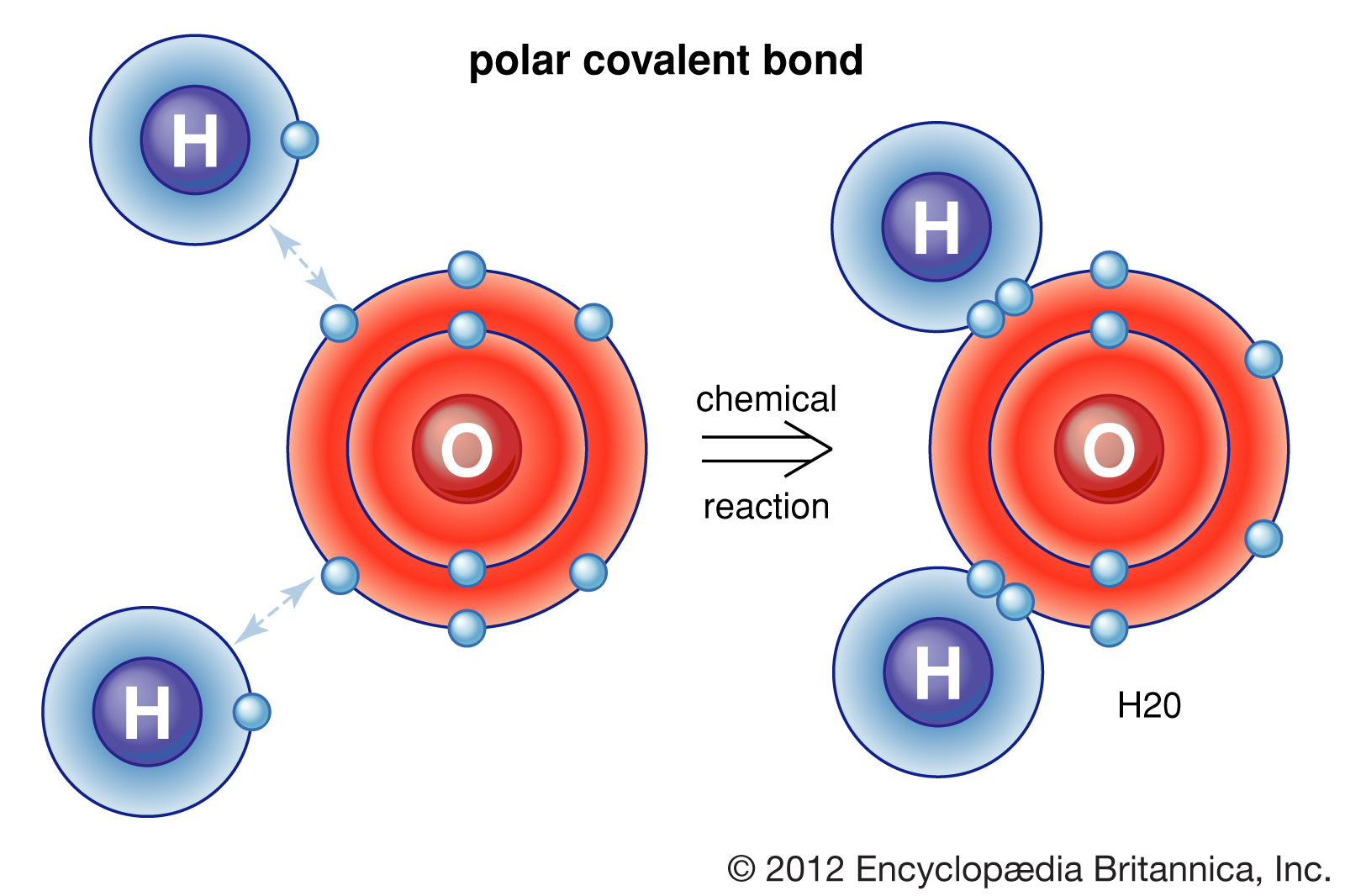
Ionic Bonding Covalent Bonding Chemistry Quotes Atomic Structure

Check more sample of Chemical Properties Of Nonpolar Covalent Bonds below
Difference Between Polar And Nonpolar Molecules Definition Formation

Polar And Nonpolar Covalent Bonds Characteristics Differences
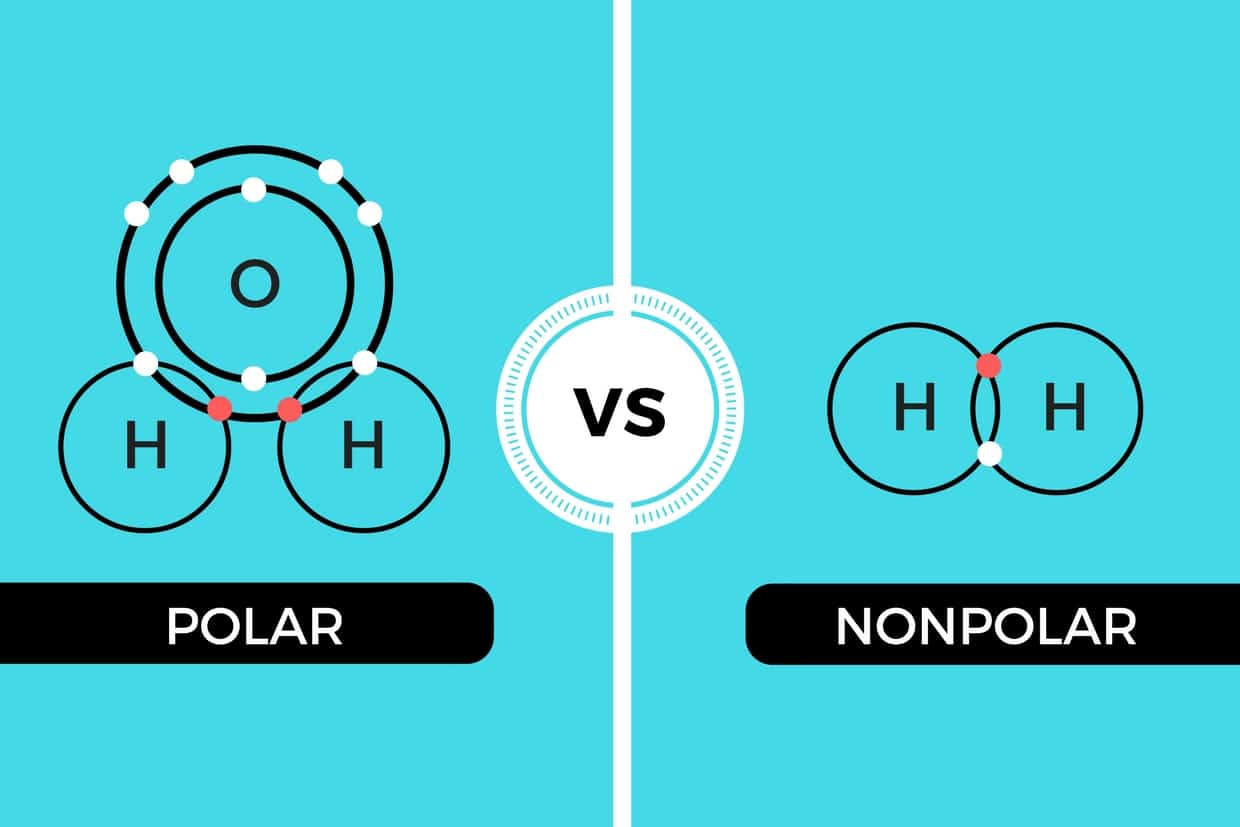
2 2 2 Colvalent Bonds And Other Bonds And Interaction Biology LibreTexts

Figure 3 10 CCl 4 Is A Nonpolar Compound With Four Polar Bonds

10 Notable Differences Between Ionic And Covalent Bonds Current

Metallic Bond Examples List
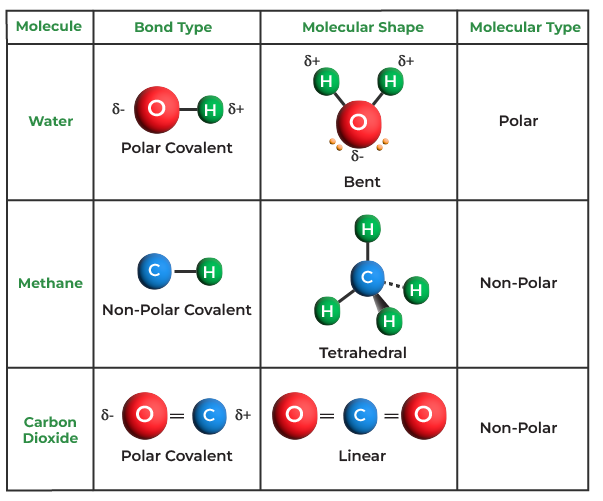

https://byjus.com › jee › non-polar-cova…
Properties of Non polar Covalent Compounds 1 Physical state They are mainly existing as gases and less as liquids 2 Nature They are very soft in nature 3 Solubility They are insoluble in water or less soluble in water But

https://allen.in › jee › chemistry › non-polar-covalent-bond
A nonpolar covalent bond is a chemical bond formed when two atoms share electrons equally Consequently the number of electrons shared by neighbouring atoms remains unchanged
Properties of Non polar Covalent Compounds 1 Physical state They are mainly existing as gases and less as liquids 2 Nature They are very soft in nature 3 Solubility They are insoluble in water or less soluble in water But
A nonpolar covalent bond is a chemical bond formed when two atoms share electrons equally Consequently the number of electrons shared by neighbouring atoms remains unchanged

Figure 3 10 CCl 4 Is A Nonpolar Compound With Four Polar Bonds

Polar And Nonpolar Covalent Bonds Characteristics Differences

10 Notable Differences Between Ionic And Covalent Bonds Current

Metallic Bond Examples List

3 4 Bond Polarity Chemistry LibreTexts

Ionic Bonding Biology Definition Role Expii

Ionic Bonding Biology Definition Role Expii
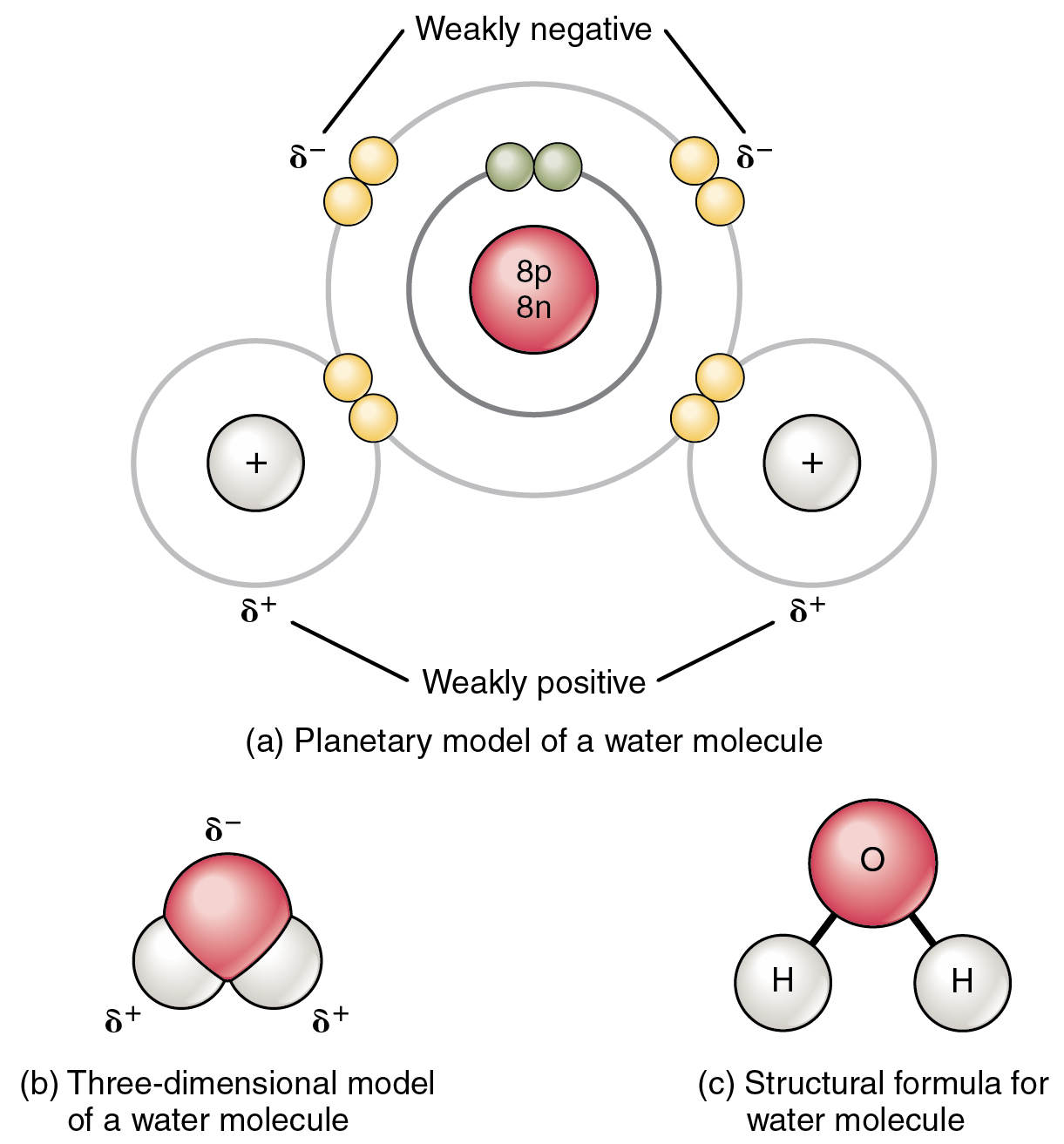
Chemical Bonds Anatomy And Physiology